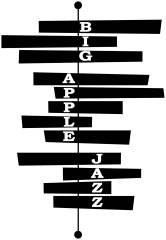New York City, NY
Oct 18th, 2025
Minton’s Playhouse Legends: Charlie Parker, Dizzy Gillespie, and the Rise of Bebop
Minton’s Playhouse Legends: Charlie Parker, Dizzy Gillespie, and the Rise of Bebop
Minton’s Playhouse in Harlem (opened in 1938) stands as a legendary venue where the world of jazz music was transformed forever. It was within these walls that Charlie Parker and Dizzy Gillespie revolutionized jazz, giving birth to the genre of bebop.
With its small, intimate setting, Minton’s Playhouse in NYC became a birthplace for daring innovation, where musicians pushed the boundaries of rhythm, harmony, and improvisation. The venue’s role in jazz history is irreplaceable, making it a true historic landmark.
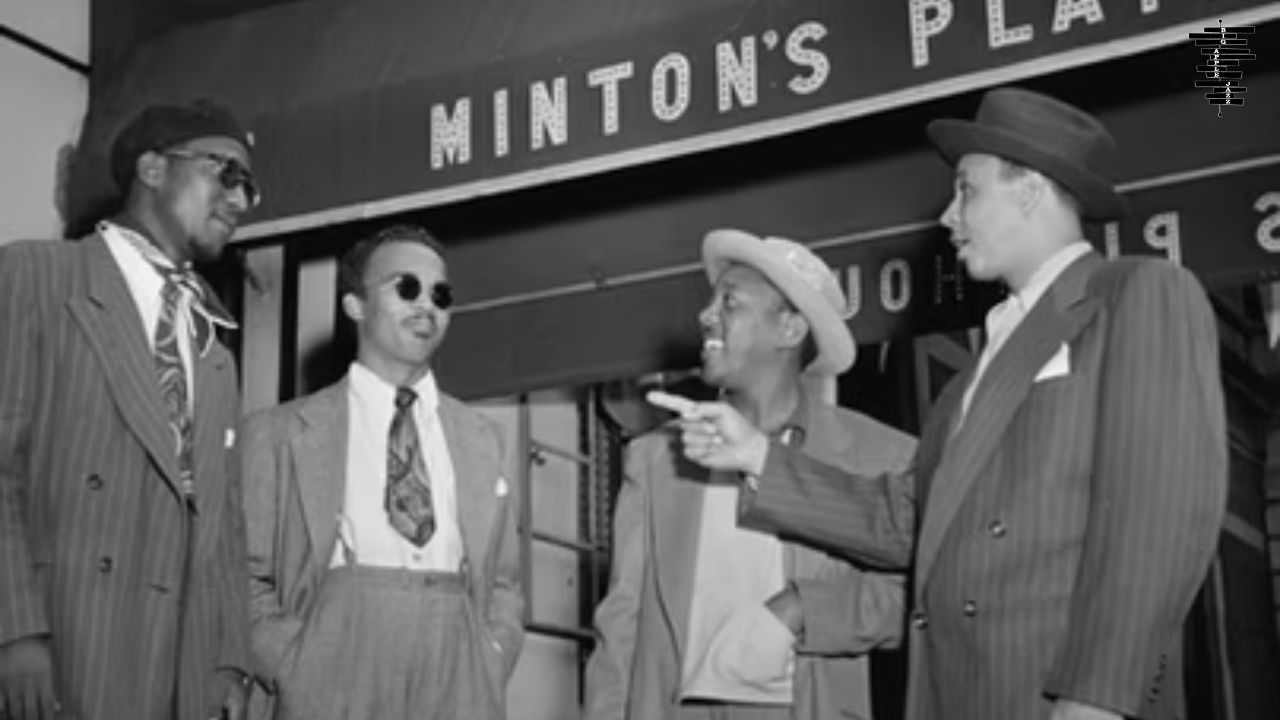
The Birth of Bebop at Minton’s Playhouse
In the early 1940s, Minton’s Playhouse was the epicenter of a jazz revolution. It was here at Harlem that musicians like Charlie Parker, Dizzy Gillespie, and Thelonious Monk pushed the limits of what jazz could be. The club became a laboratory for experimentation and the birthplace of bebop, a fast-paced, complex style of jazz characterized by intricate melodies and rapid tempos.
- Charlie Parker and Dizzy Gillespie led the way with bold new approaches to harmony and improvisation.
- The musicians at Minton’s were seeking to break away from the constraints of the big band era.
- Bebop challenged traditional structures and emphasized virtuosity, paving the way for the future of jazz.
The atmosphere at Minton’s Playhouse NYC was electric, as each night brought new sounds that would change the course of jazz forever. It was a place where young musicians could experiment freely, shaping the jazz landscape for decades to come.
Thelonious Monk: The Genius of Minton’s Playhouse
One of the most influential figures to emerge from the Minton’s Playhouse sessions was Thelonious Monk. Monk’s unique style of piano playing became a defining feature of the bebop movement. His unorthodox approach to rhythm and harmony challenged traditional concepts of music, yet he remained one of the most respected composers and performers of his time.
- Monk’s dissonant, angular melodies were at odds with the smooth, predictable structures of earlier jazz styles.
- His compositions, like “Round Midnight” and “Well, You Needn’t,” became jazz standards and continue to influence musicians today.
- Monk’s ability to improvise and stretch the boundaries of jazz theory made him a true innovator.
At Minton’s Playhouse NYC, Monk’s presence was felt in every note he played. His music embodied the spirit of the club—bold, original, and transformative.
Kenny Clarke: The Drummer Who Changed Jazz Rhythm
Another key figure in the Minton’s Playhouse revolution was Kenny Clarke, whose groundbreaking work as a drummer helped redefine the rhythm of jazz. Clarke’s innovation laid the foundation for the bebop sound, and he became one of the most important jazz drummers of all time.
- Clarke’s use of the ride cymbal to maintain the pulse of the music while allowing for more complex rhythms marked a major shift in jazz drumming.
- His work with Parker, Gillespie, and Monk at Minton’s played a critical role in shaping the rhythm section of bebop.
- Clarke’s approach made jazz more dynamic, pushing the boundaries of syncopation and polyrhythm.
Kenny Clarke was not just a drummer; he was a key architect of the bebop style, and his contributions were essential to the development of modern jazz.
Dizzy Gillespie: The Trumpet Genius of Minton’s Playhouse
Dizzy Gillespie was one of the most influential musicians to emerge from the Minton’s Playhouse NYC sessions. As a trumpeter, composer, and bandleader, Gillespie was central to the development of bebop, and his collaborations with Charlie Parker are considered some of the greatest moments in jazz history.
- Gillespie’s technical skill and ability to push the boundaries of trumpet playing set him apart from his contemporaries.
- His compositions, like “A Night in Tunisia” and “Salt Peanuts,” became essential parts of the bebop repertoire.
- Gillespie’s charismatic stage presence and improvisational skill helped make Minton’s Playhouse a hotbed for jazz innovation.
Gillespie’s role at Minton’s was pivotal—he not only helped shape the bebop movement but also played a significant role in the transformation of jazz as a whole.
Minton’s Playhouse Events: The Heart of Harlem’s Jazz Scene
The magic of Minton’s Playhouse wasn’t just in the music, it was in the events. The club became a regular meeting place for the greatest jazz musicians of the day. These late-night jam sessions, often called Minton’s jam sessions, were where the next generation of jazz legends honed their craft and developed the unique style of bebop.
- Jam sessions at Minton’s were a place for musicians to test new ideas and push their limits.
- Some of the greatest jazz musicians of all time—like Miles Davis, Max Roach, and Bud Powell—cut their teeth at Minton’s.
- The energy in the room was unlike any other, as musicians fed off each other’s creativity and skills.
The Minton’s Playhouse events weren’t just performances—they were living, breathing moments of jazz history. The music created during these sessions set the foundation for modern jazz.
A Historic Landmark: Minton’s Playhouse and Its Legacy
Unfortunately, Minton’s Playhouse was closed for a time, but it remains an iconic historic landmark in jazz history. For many, its closure was a significant loss to the Harlem music scene. However, its legacy is far from over. The hope remains that Minton’s Playhouse NYC will reopen in the future, continuing to serve as a beacon of jazz culture and history.
- Minton’s has become a symbol of jazz innovation, with musicians from all over the world inspired by the sounds that originated there.
- It represents the crossroads of tradition and innovation, where the past and future of jazz collide.
- There are efforts to restore the venue and reopen its doors to the public, ensuring that future generations can experience its rich history.
The Minton’s Playhouse legacy is a testament to the power of music to shape culture and create lasting change. Even if the club remains closed for now, its influence continues to inspire musicians, dancers, and jazz lovers everywhere.
The Future of Minton’s Playhouse
The story of Minton’s Playhouse NYC is far from finished. While the club may be closed for the time being, the spirit of jazz innovation that it fostered is alive and well. The hope remains that the venue will reopen, offering a new generation of jazz enthusiasts the chance to walk in the footsteps of legends.
- The reopening of Minton’s Playhouse would serve as a celebration of the rich history of bebop and its continued influence on modern jazz.
- It could become a cultural hub once again, hosting events and performances that honor the legacy of greats like Charlie Parker, Dizzy Gillespie, and Thelonious Monk.
- A restored Minton’s would be a bridge between the past and the future of jazz, allowing both artists and fans to experience the magic of the club firsthand.
Though its doors may be closed for now, Minton’s Playhouse NYC remains a central piece of jazz history. Its impact is undeniable, and with efforts to reopen, its legacy will continue to shine.
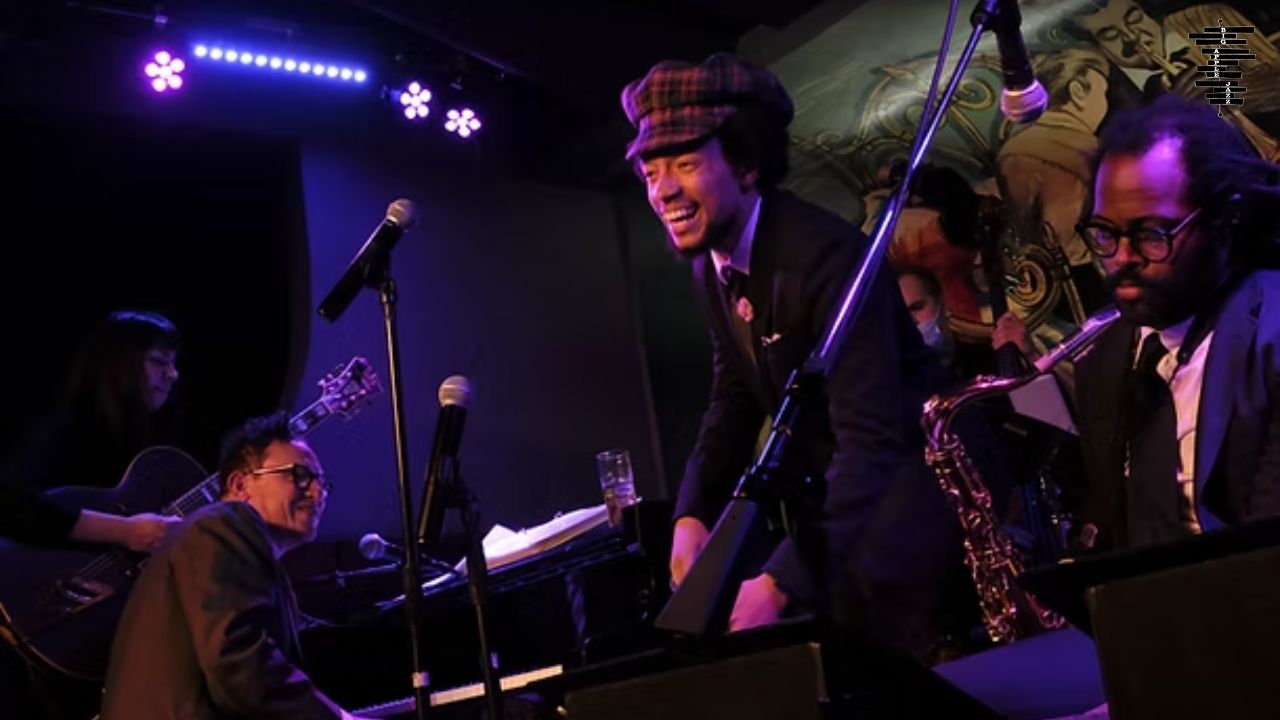
Final Thoughts
Minton’s Playhouse is more than just a nightclub in Harlem. It’s the birthplace of bebop and a symbol of jazz innovation.
The musicians who graced its stage, including Charlie Parker, Dizzy Gillespie, and Thelonious Monk, reshaped jazz forever. The club’s jam sessions were a hotbed of creativity, pushing musicians to explore new ideas and styles.
Even though Minton’s Playhouse NYC is currently closed, its legacy is alive and well, continuing to inspire the world of jazz. However, you can still explore other top jazz places in Harlem through the Harlem Juke Joint Tour or a private jazz tour that offers you an experience like no other.
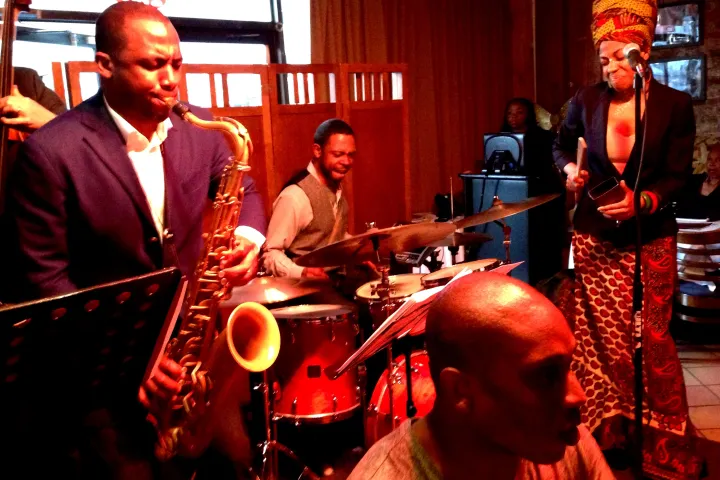
Harlem Juke Joint Tour
Your Harlem jazz tour guide customizes the best itinerary for each given night, based on the most talented players in Harlem’s most exciting jazz clubs.
185 Reviews

Harlem Juke Joint Tour
Your Harlem jazz tour guide customizes the best itinerary for each given night, based on the most talented players in Harlem’s most exciting jazz clubs.
185 Reviews
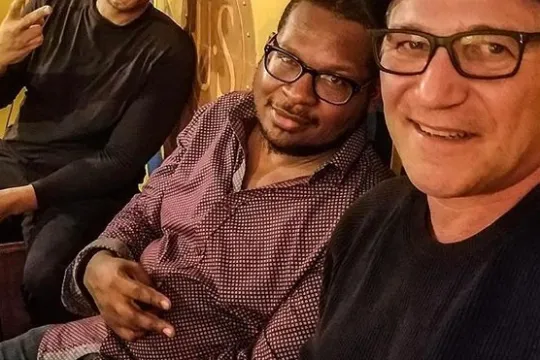
Private Tour
We’ll design your private jazz tour based on your tastes and our extensive knowledge of musicians, clubs and speakeasies throughout the city. We know what is happening nightly on and off-the-beaten-path.
185 Reviews

Private Tour
We’ll design your private jazz tour based on your tastes and our extensive knowledge of musicians, clubs and speakeasies throughout the city. We know what is happening nightly on and off-the-beaten-path.
185 Reviews
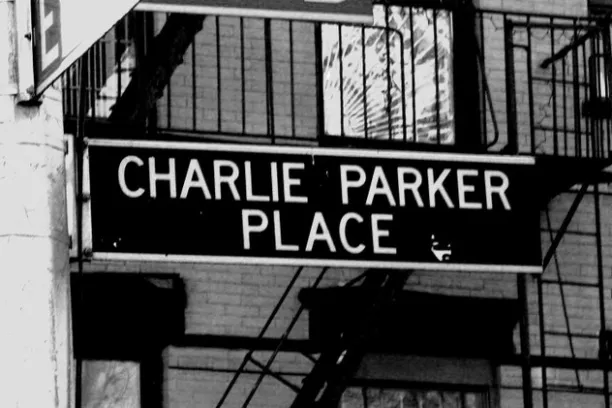
Greenwich Village Jazz Crawl
Intimate Greenwich Village Jazz Tour to discover and explore two hidden jazz haunts and the sites where Billie Holiday, Charlie Parker, and Bob Dylan made history.
185 Reviews

Greenwich Village Jazz Crawl
Intimate Greenwich Village Jazz Tour to discover and explore two hidden jazz haunts and the sites where Billie Holiday, Charlie Parker, and Bob Dylan made history.
185 Reviews
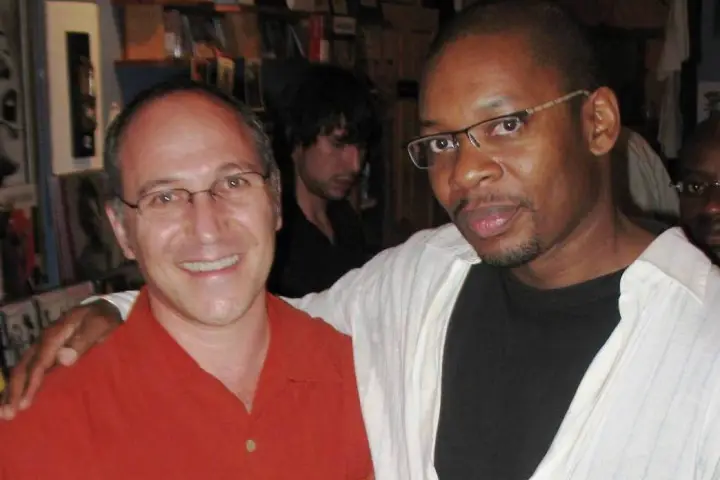
Legends of Jazz Tour
This is our premium tour! It features jazz’s international superstars, and also rising stars who deserve wider recognition.
185 Reviews

Legends of Jazz Tour
This is our premium tour! It features jazz’s international superstars, and also rising stars who deserve wider recognition.
185 Reviews

Gordon Polatnick
Gordon is the founder of Big Apple Jazz Tours. What started as a personal challenge to discover and document all of New York’s hundreds of jazz joints and to establish Harlem’s first jazz day club, has now blossomed…
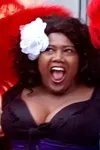
Amanda Humes
There’s no one in New York City like Amanda! Equal parts sass, smarts, and customer service – Amanda is the Harlem resident, Columbia University graduate, and…
